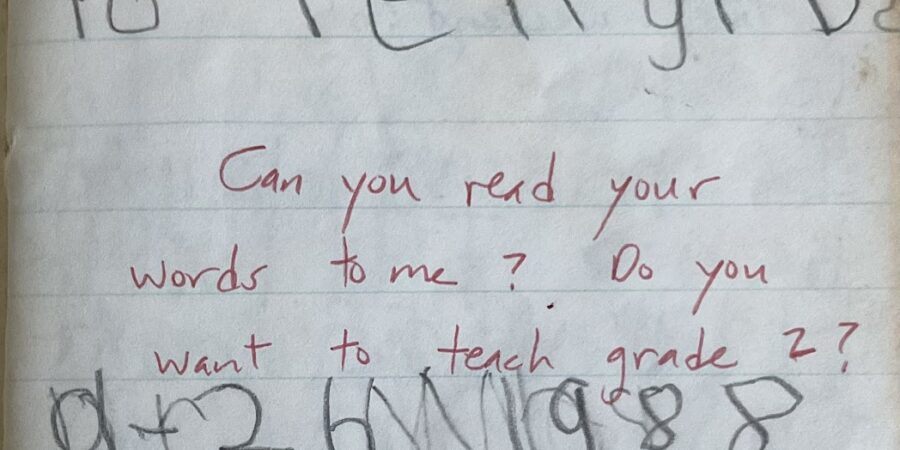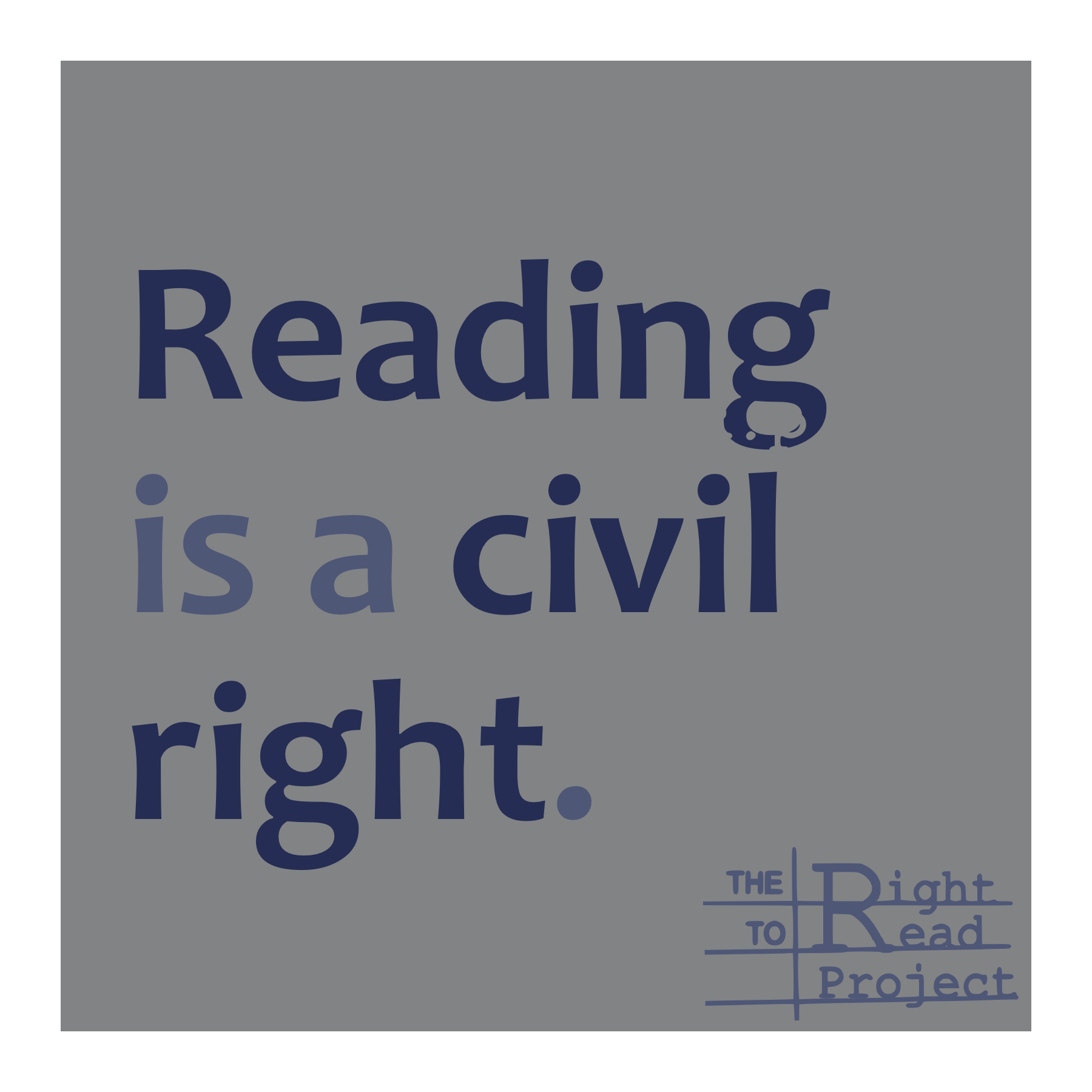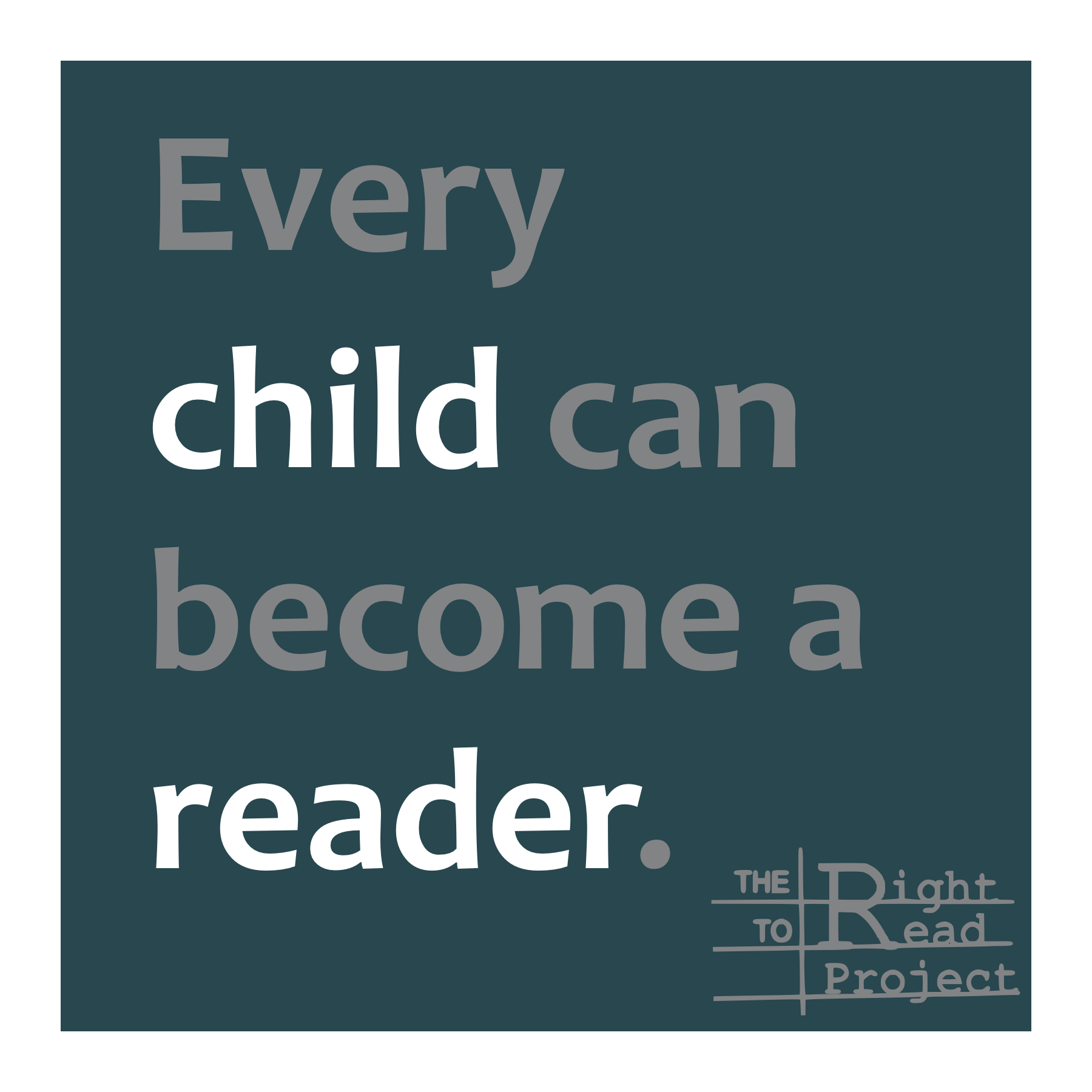Just as the school year began, Natalie Wexler’s Knowledge Gap and Emily Hanford’s At a Loss for Words shook the ground under Balanced Literacy. Optimists might assume that classroom instruction will be transformed as a result of these powerful publications, but if a teacher in my district heard the research and wanted to change her practice, she’d face a series of barriers. Barrier: Formal Evaluation The school year began with

Discussion Guide: At a Loss for Words
This facilitator’s guide is intended to provide possible points for pause and discussion as educators, advocacy groups, and community members listen to At a Loss for Words from APM Reports. You’ll find that some of the questions have related resources to enhance your discussion. You will also find additional reading, images, and a video embedded in the APM article. We would love to hear about your experiences discussing the podcast

Whole-language sneaks in EVERYWHERE
Most primary-grade teachers teach phonics because we know it supports our students’ reading and spelling. And many of us also believe that if we incorporate phonics into our instruction, we are by definition not whole-language teachers; we are “balanced literacy” teachers. But whole-language beliefs are so pervasive and so entrenched in education that they continue to serve as the basis for a majority of instructional materials and professional development offerings.








